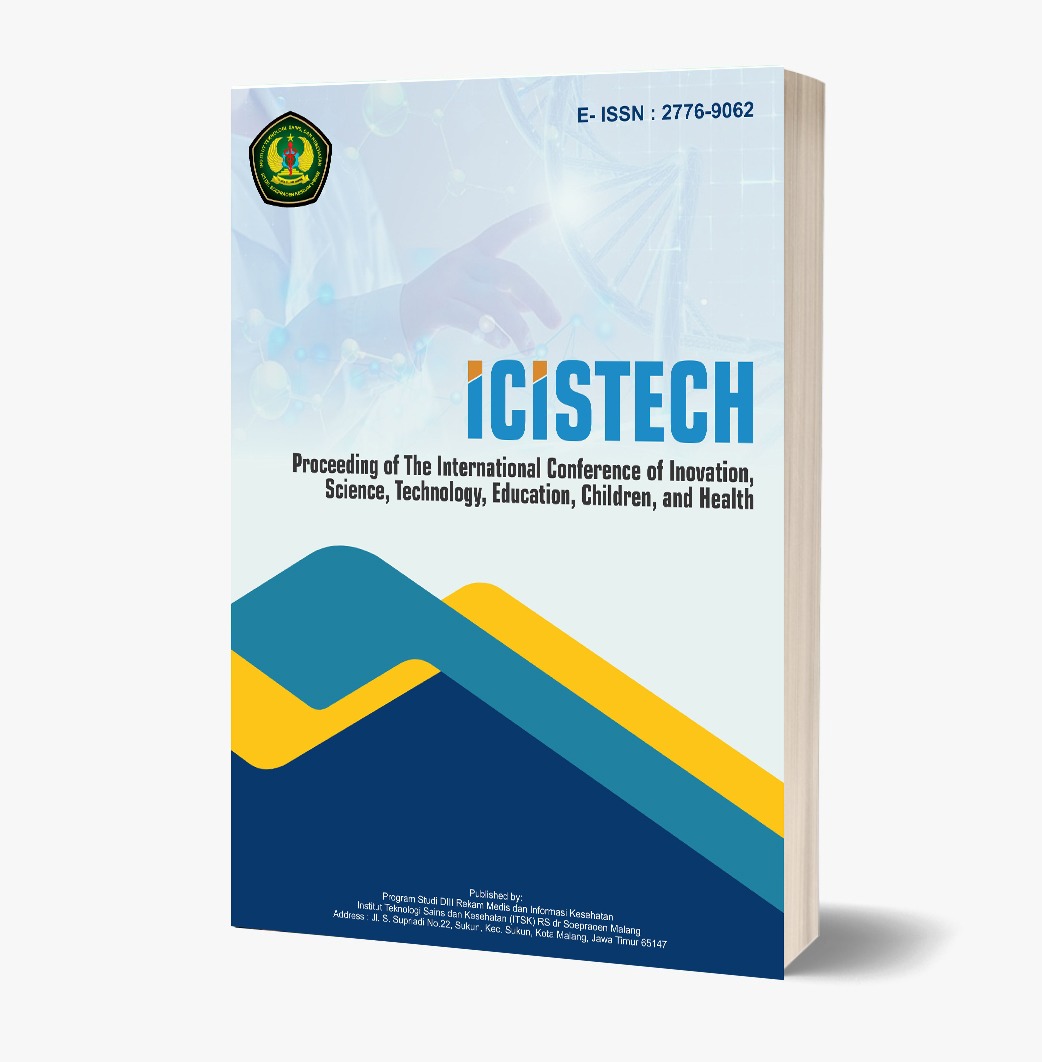The Effect of Myofascial Release Technique on Low Back Pain Changes
DOI:
https://doi.org/10.62951/icistech.v3i1.41Keywords:
Myofascial Release technique, Low Back pain, Pain ManagementAbstract
Purpose: This study aimed at knowing the clinical efficacies of myofascial release technique to determine the most beneficial result-oriented physiotherapeutic approach for treating pain due to low back pain. Methods: This was a randomized, controlled pretest–posttest experimental study that myofascial release technique. These techniques were compared using a convenience sample of 30 participants with back pain due to muscle spasms with 35-65 age. The numeric pain rating scalewere used to assess the participants’ pain due to back pain, and pain of LBP, at baseline (day 0), day 6, and day 12 post intervention and at during follow-up. All groups were given myofascial releae technique. Repeated-measures ANOVA were used to analyze the data. Results: The within-group analyses showed significant improvement (P0.05) for all variables. Conclusion: MFRT are equally effective for reducing pain with nonspecific low back pain. Furthermore, advice promoting pain reduce can be an adjunct to physiotherapeutic interventions for reducing low back pain and its symptoms. A combination of these manual therapies advice might be a good treatment option for nonspecific pain in physiotherapy clinics
References
Ajimsha, M. S., Al-Mudahka, N. R., & Al-Madzhar, J. A. (2015). Effectiveness of myofascial release: A systematic review of randomized controlled trials. Journal of Bodywork and Movement Therapies, 19(1), 102–112. https://doi.org/10.1016/j.jbmt.2014.06.001
Allegri, M., Montella, S., Salici, F., Valente, A., Marchesini, M., Compagnone, C., … & Marchesini, M. (2016). Mechanisms of low back pain: A guide for diagnosis and therapy [Version 1; referees: 3 approved]. F1000Research, 5, 1–11. https://doi.org/10.12688/f1000research.7335.1
Arguisuelas, M. D., Lisón, J. F., Sánchez-Zuriaga, D., Martínez-Hurtado, I., & Doménech-Fernández, J. (2017). Effects of myofascial release in non-specific chronic low back pain: A randomized clinical trial. Spine, 42(9), 627–634. https://doi.org/10.1097/BRS.0000000000002013
Behm, D. G., & Wilke, J. (2019). Do self-myofascial release devices release myofascia? Rolling mechanisms: A narrative review. Sports Medicine, 49(8), 1173–1181. https://doi.org/10.1007/s40279-019-01149-y
Buchbinder, R., Blyth, F. M., March, L. M., Brooks, P., Woolf, A. D., & Hoy, D. G. (2013). Placing the global burden of low back pain in context. Best Practice & Research Clinical Rheumatology, 27(5), 575–589. https://doi.org/10.1016/j.berh.2013.10.007
Campbell, P., Foster, N. E., Thomas, E., & Dunn, K. M. (2013). Prognostic indicators of low back pain in primary care: Five-year prospective study. The Journal of Pain, 14(8), 873–883. https://doi.org/10.1016/j.jpain.2013.03.013
Dahlan, M. S. (2019). Statistik untuk kedokteran dan kesehatan (8th ed.). Jakarta: Epidemiolog Indonesia.
Hurwitz, E. L., Randhawa, K., Yu, H., Côté, P., & Haldeman, S. (2018). The Global Spine Care Initiative: A summary of the global burden of low back and neck pain studies. European Spine Journal, 27(1), 796–801. https://doi.org/10.1007/s00586-017-5432-9
K, N. V., J, G. A., & H, P. W. (2012). Physiotherapy movement-based classification approaches to low back pain: Comparison of subgroups through review and developer/expert survey. BMC Musculoskeletal Disorders, 13, 24. http://doi.org/10.1186/1471-2474-13-24
Kalichman, L., & Ben David, C. (2017). Effect of self-myofascial release on myofascial pain, muscle flexibility, and strength: A narrative review. Journal of Bodywork and Movement Therapies, 21(2), 446–451. https://doi.org/10.1016/j.jbmt.2016.11.006
Kemenkes, R. I. (2013). Keputusan Menteri Kesehatan No.80 Tahun 2013. Jakarta: Epidemiolog Indonesia.
Kurt, V., Aras, O., & Buker, N. (2020). Comparison of conservative treatment with and without neural mobilization for patients with low back pain: A prospective, randomized clinical trial. Journal of Back and Musculoskeletal Rehabilitation, 33(1), 1–7. https://doi.org/10.3233/BMR-190083
Samani, M., Motealleh, A., Yazdani, S., & Abbasi, L. (2017). Erratum: Effects of myofascial release technique on pain and disability in patients with chronic lumbar disc herniation: A randomized trial. Physikalische Medizin Rehabilitationsmedizin Kurortmedizin, 27(4), e2. https://doi.org/10.1055/s-0043-115906
Thomas, E., Cavallaro, A. R., Mani, D., & Bianco, A. (2019). The efficacy of muscle energy techniques in symptomatic and asymptomatic subjects: A systematic review. Chiropractic & Manual Therapies, 27(1). https://doi.org/10.1186/s12998-019-0272-4
Vijayan, V., & Pavithra, S. (2019). Effectiveness of muscle energy technique versus stretching in subjects with piriformis syndrome. International Journal of Physiotherapy and Research, 7(5), 3252–3256. https://doi.org/10.16965/ijpr.2019.140
Downloads
Published
How to Cite
Issue
Section
License
Copyright (c) 2023 Proceeding of The International Conference of Inovation, Science, Technology, Education, Children, and Health

This work is licensed under a Creative Commons Attribution-ShareAlike 4.0 International License.













